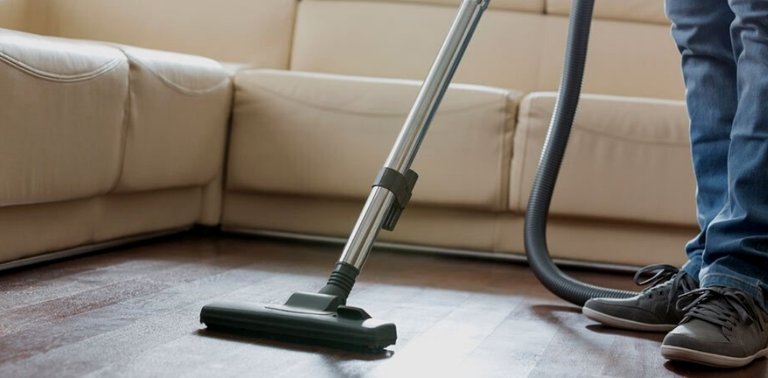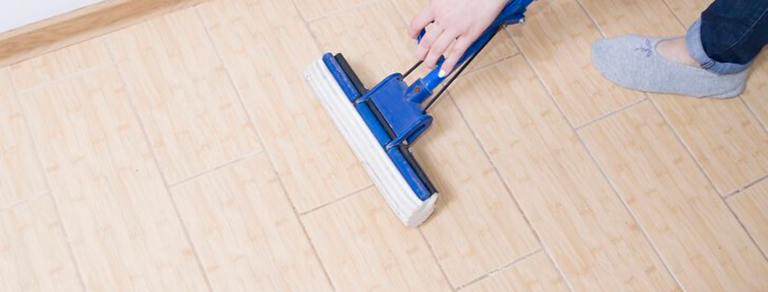
How to Clean Up Your Flooded Basement
A flood emergency can occur at any time. Basement floods can be caused by several factors such as a broken sump pump, a storm sewer backup, a burst washing machine hose, and even a failed water heater tank. Regardless of what the cause of the flood is, how you react when it happens will determine how well you come out of it.
Even when the floodwater has been completely pumped out, your walls, as well as your carpet, flooring, ceiling, and possessions can still be damaged, creating an environment that encourages bacteria, mold growth, and wood rot. The flood restoration process consists of two major stages: the floodwater removal stage and the cleanup stage.
Getting Rid of Floodwater
When the floodwater is not very serious, you might be able to relieve some of the flood damage by commencing the drying process by yourself. You should remove as much floodwater as you can with wet-dry vacuums and pumps. If the floor drains are not clogged, you can drain water into them. The drains can be unclogged with a plunger or drain snake. If neither of these work, consider renting a pump from a tool rental store.
After the water removal process is done, dry out the affected area with fans and dehumidifiers to block mold and mildew formation. If necessary, air the area out by opening the doors and windows to increase air circulation.
Remember, water removal is just the starting point. Common drying methods are not always enough when removing water after a flood. The approach you take to water damage restoration will be determined by the type of damage you are experiencing.
Tidy Up
Upholstery, carpets, walls and floor coverings are permeable, meaning that a light cleaning will not be enough. Surface cleaning will only manage to remove visible contamination successfully, but microorganisms will often be left behind and can be hazardous to your health and that of your family.
All the surfaces affected by water damage must be completely cleaned, disinfected and deodorized to properly eradicate mold, bacteria and the growth of other microorganisms.
Every item that came into contact with the floodwater must be cleaned and disinfected. Most household cleaners will serve flood cleanup purposes effectively. After cleaning the walls and other nonporous surfaces with a household cleaner or detergent, apply a disinfectant to prevent future mold or mildew formation.

A diluted bleach solution (½ cup liquid chlorine bleach to a gallon of water) will do the job fine. On bigger spaces, you can air dry everything with a garden spray pump.
Fabric and paper materials may or may not be saved, depending on the duration of exposure and any sentimental or financial value. Old toys, books, cardboard boxes, blankets, throw pillows, clothes, and other items should not be kept if they cannot be safely bleached.
Important papers, books, and photographs can be frozen and taken care of later, as soon as the water is removed and the area is well dried up. Put a sheet of wax paper between pages and keep safely for some time in a frost-free freezer.
Sometimes, carpet and padding might not be cleaned well enough to stop the growth of mold and mildew. This is also the case for subflooring made of plywood or particleboard. If your basement is finished, you may need to cut out and dispose of contaminated drywall and remove any contaminated insulation. You can also remove the baseboard trim if necessary.
Disinfect the Flooded Area
Many homeowners tend to look past the flood damage and quickly jump straight into restoration. However, forgetting to do a thorough flood cleanup before everything completely dries will result in more problems. It is important that you take your time to disinfect every surface in order to deter mold and mildew.
In mild to drastic flood situations, it will take about a week or more for visible moisture to completely disappear. It can take up to two weeks for deeper moisture like that behind walls or inside air ducts to fully dry up.
Always do the right thing by calling on the services of experienced professionals who will help you get through flood damage the right way. Doing so will help you avoid some difficult and dangerous situations.
Hi! I am a robot. I just upvoted you! I found similar content that readers might be interested in:
https://waterdamagerestorationgroup.com/cary/flood-damage-repair/clean-basement/